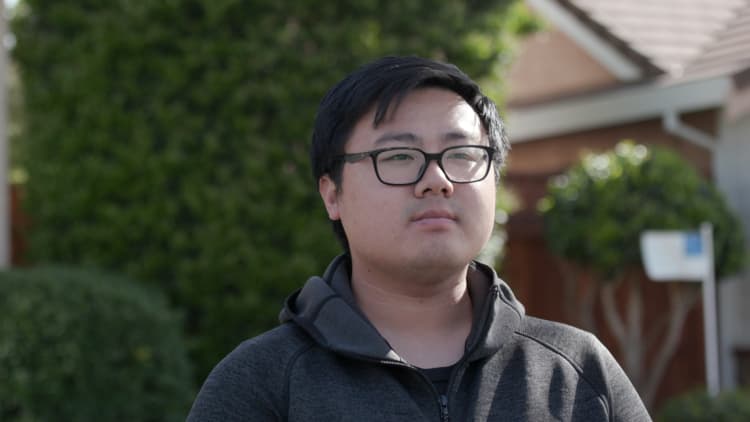The Supreme Court ruled Thursday that affirmative action admission policies at Harvard University and the University of North Carolina are unconstitutional.
The decision means universities can no longer consider race in addition to other factors when admitting students, ending 40-plus years of affirmative action policies intended to achieve greater racial diversity at top-tier colleges.
In response to the Court's decision, students, alumni and educators have spoken up about the need for more work to make universities more accessible to students who come from historically disadvantaged communities.
"Affirmative action and programs like it expand higher education opportunities to those who have been historically denied a fair shot," said Becky Pringle, president of the National Education Association, which filed an amicus brief advocating for affirmative action policies in the two cases the Students for Fair Admissions filed against Harvard and UNC.
In a statement, Pringle said the NEA "remains committed to that work and calls on institutions of higher education and K-12 schools to redouble their efforts to ensure that our educational institutions support all students equally and equitably."
Colleges and universities have been preparing for what an end to race-conscious admissions could mean for their admissions processes, beginning with students applying to schools this fall. The Department of Education and Department of Justice will provide more guidance to universities about lawful admission practices within the next 45 days, according to a statement from the White House.
Here's how the college admissions process could change in the coming months and years.
Students can still discuss their race in their applications
Chief Justice John Roberts wrote in the majority opinion that the decision does not prohibit universities from "considering an applicant's discussion of how race affected his or her life, be it through discrimination, inspiration, or otherwise."
That means students will still be allowed to write about their lived experiences with racism growing up, racial equity within their schools or how it's impacted their opportunities.
College admissions counselors can take those essays into account, alongside other components of a student's application, such as test scores, grades and extracurricular achievements, in their decisions.
Universities will focus on race-neutral considerations
Back in May, the Common App made a preemptive move to allow universities to hide a student's race and ethnicity if they include it on their application. The nonprofit administers a universal application used by more than 1,000 colleges and universities.
Without information on an applicant's racial background, it's likely admissions offices will take a closer look at how they evaluate applicants on race-neutral factors, such as socioeconomic status, geographic diversity, class rank, whether the applicant is a first-generation college student and so on — factors where some racial groups are more disadvantaged than others, says the NEA.
In response to the Supreme Court ruling, the Department of Education released a fact sheet advising colleges to consider a student's financial background, where they grew up and went to high school, and other areas of hardship they have experienced including "racial discrimination."
Schools may boost outreach to increase racial diversity on campus
While universities can no longer consider the race of their applicants, they may find alternative ways to boost the racial and ethnic diversity of their student bodies through their recruitment and financial aid efforts, experts told NBC News.
Some schools may boost their outreach to applicants from certain ZIP codes in underserved communities, or recruit from high schools that send few students to their schools.
Another race-neutral enrollment strategy is the "top 10%" model used in Texas, where students with the highest grade point averages at each high school are guaranteed admission to a public university in the state. The number of Black and Hispanic students at state universities grew soon after the law went into effect in 1997. But over time, research suggests the policy did not meaningfully improve the racial diversity at the state's most selective schools, The Texas Tribune reports.
Universities can also grant scholarships that benefit students who come from low-earning households.
9 states already ban race-based affirmative action
Nine states already ban race-based affirmative action policies for public colleges: Arizona, California, Florida, Idaho, Michigan, Nebraska, New Hampshire, Oklahoma and Washington.
Universities in other states may look to these examples to see how schools work have changed admission practices without the use of affirmative action policies.
However, research shows that the removal of affirmative action has led to declines in minority admissions at universities, even after other factors, such as class, were weighed more heavily.
Want to be smarter and more successful with your money, work & life? Sign up for our new newsletter!
Get CNBC's free report, 11 Ways to Tell if We're in a Recession, where Kelly Evans reviews the top indicators that a recession is coming or has already begun.



